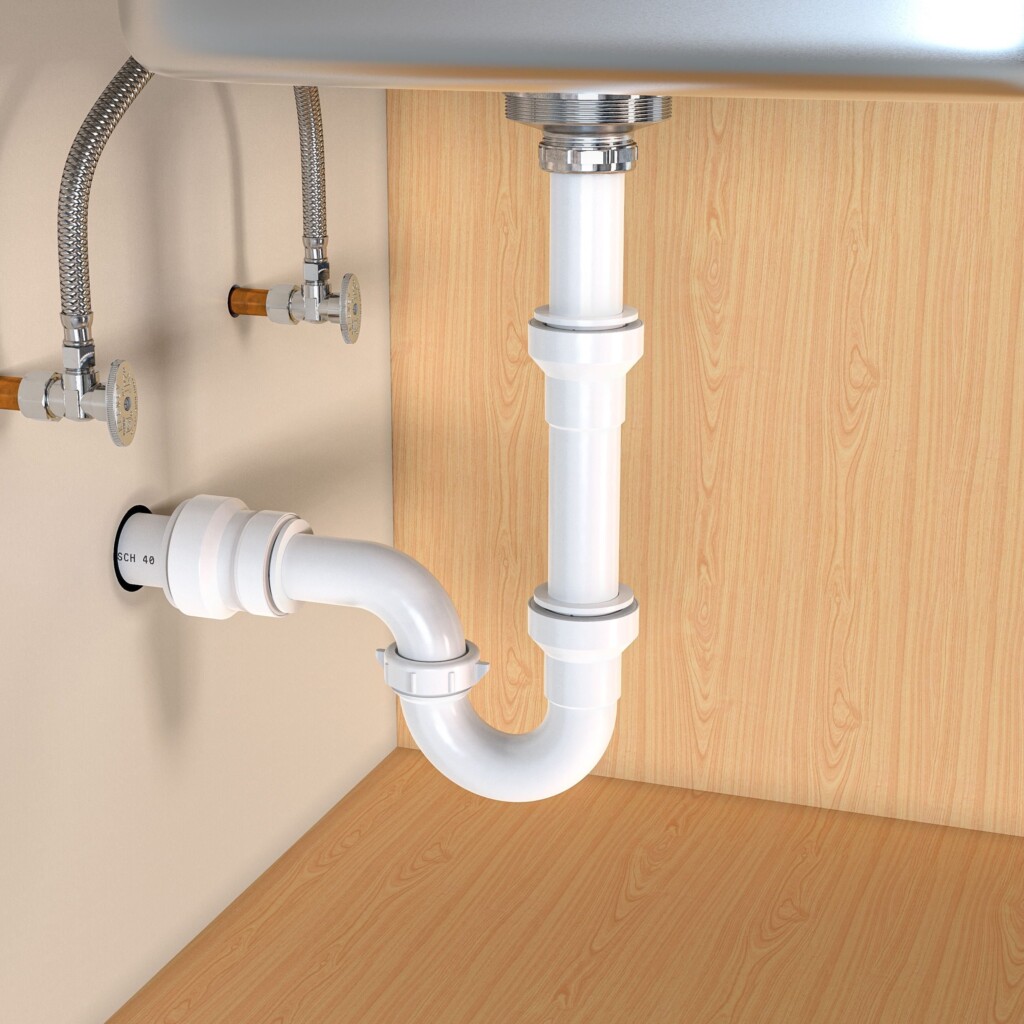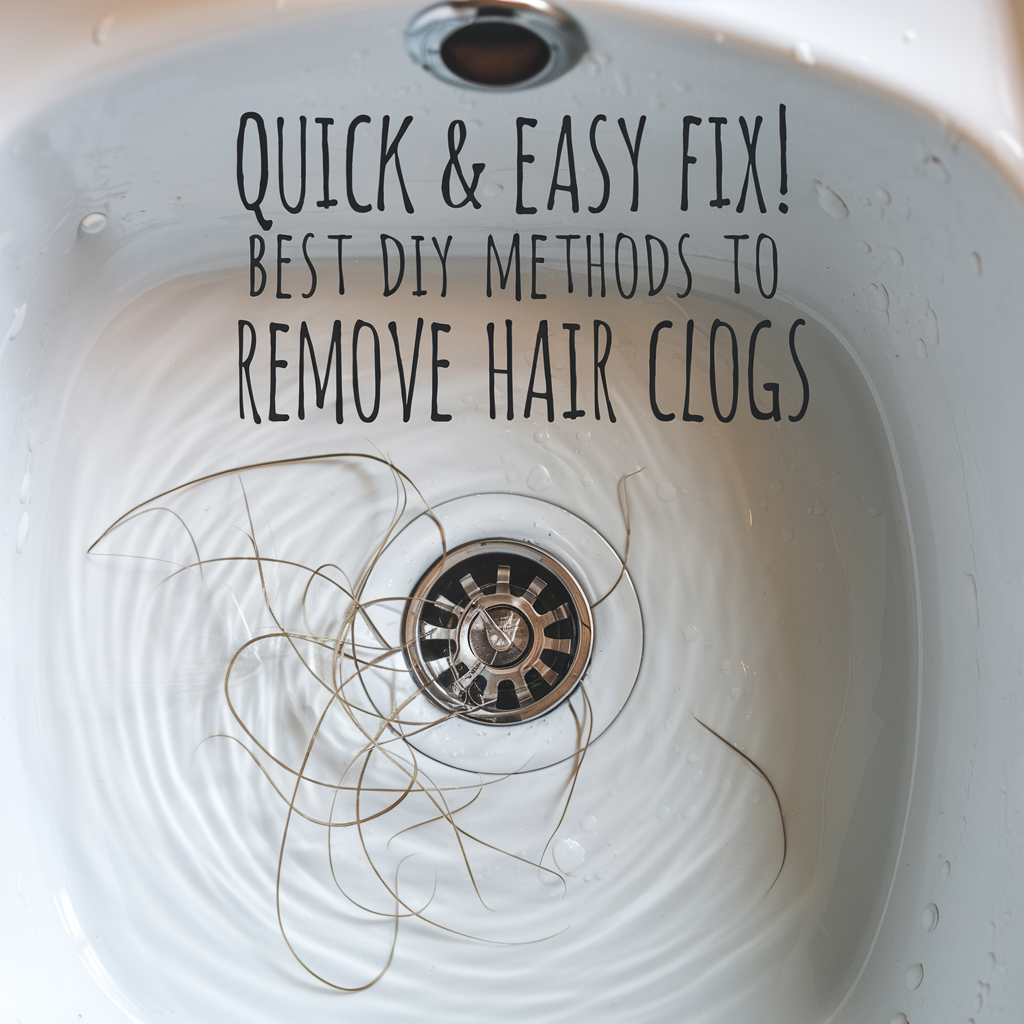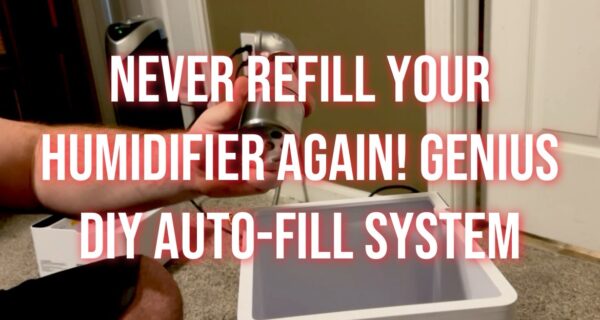The P-trap is a plumbing component that is designed to prevent sewer gases from entering your home while allowing wastewater to flow out. Over time, P-traps can become clogged, leading to drainage issues and unpleasant odors. Understanding the causes of clogged P-traps, how to fix them, and preventive measures can help you maintain a healthy and efficient plumbing system. Let’s explore these aspects in more detail.

Causes of Clogged P-Traps:
- Solid Debris: The most common cause of a clogged P-trap is the accumulation of solid debris, such as hair, soap residue, food particles, or grease. These materials can build up over time and obstruct the free flow of water.
- Mineral Buildup: In areas with hard water, minerals like calcium and magnesium can deposit inside the P-trap, leading to reduced water flow and potential clogs.
- Foreign Objects: Accidental or intentional disposal of foreign objects, such as jewelry, small toys, or sanitary products, down the drain can cause blockages in the P-trap.
Fixing a Clogged P-Trap:
- Plunger Method: Start by using a plunger to create pressure and dislodge the clog. Place the plunger over the drain opening, ensuring a tight seal, and vigorously plunge up and down several times. This can help break up the clog and restore water flow.
- Chemical Drain Cleaners: Chemical drain cleaners can be effective for minor clogs. Follow the instructions provided by the manufacturer and use them cautiously, as they can be harsh on pipes and harmful if misused.
- Removing and Cleaning the P-Trap: If the clog persists, you may need to remove the P-trap for manual cleaning. Place a bucket or towel beneath the P-trap to catch any water or debris. Unscrew the fittings on both ends of the P-trap and carefully remove it. Clean the trap thoroughly, removing any visible debris. Reassemble the P-trap and ensure a secure fit.
Preventing Clogged P-Traps:
- Regular Maintenance: Practice regular maintenance by periodically cleaning your drains using a mixture of baking soda, vinegar, and hot water. This can help prevent the buildup of debris and maintain proper water flow.
- Hair Catchers and Strainers: Install hair catchers or strainers in your drains to trap hair, food particles, and other debris. Empty them regularly to prevent clogs.
- Proper Disposal: Avoid flushing or rinsing down the drain items that can cause clogs, such as grease, coffee grounds, paper towels, or sanitary products. Dispose of these items properly in designated waste containers.
- Water Softening: If you have hard water, consider installing a water softener system. This can help reduce mineral buildup in your plumbing system, including the P-trap.

Clogged P-traps can be a nuisance, causing drainage issues and unpleasant odors in your home. Understanding the causes of clogs, employing appropriate fixes like plunging or manual cleaning, and implementing preventive measures can help you maintain free-flowing drains and prevent future clogs. Regular maintenance and responsible disposal practices are key to ensuring the proper functioning of your P-trap and overall plumbing system.
As an Amazon Associate we earn from qualifying purchases through some links in our articles.




